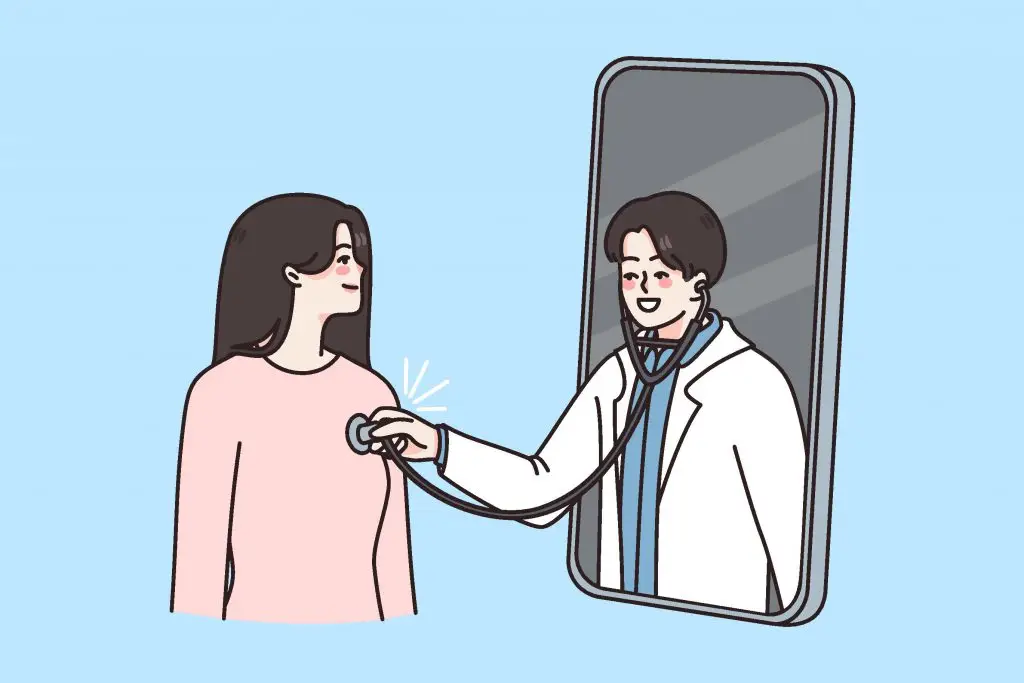Key Highlights
- Discover why apolipoprotein B (ApoB) particles are stronger predictors of cardiovascular risk than LDL cholesterol.
- Understand the differences between ApoB and LDL, focusing on their biological roles and impact on heart health.
- Learn about ApoB testing and its ability to provide deeper insight into risks for heart disease compared to traditional cholesterol tests.
- Investigate the factors influencing ApoB and LDL levels, including genetics, diet, and medical conditions.
- Explore effective methods to monitor and reduce ApoB levels for improved cardiovascular health.
- Address commonly asked questions related to ApoB, LDL, and their role in managing heart disease risk.

Introduction
Imagine you’re at your doctor’s office for a routine check-up, and you’re informed that you have high cholesterol. Immediately, the risk of heart attacks and strokes pops into your mind. However, did you know that the traditional cholesterol tests only reveal part of the story, as emphasized by research from the National Institutes of Health?
When you undergo the standard cholesterol test, two primary components are evaluated: LDL cholesterol, often labeled as “bad cholesterol,” and HDL cholesterol, known as “good cholesterol.” Additionally, triglycerides provide insight into your dietary habits. Yet, these tests don’t paint the full picture. In this article, we’ll explore why understanding ApoB particles is crucial for heart health and how it can lead to more precise treatment options.
Limitations of Traditional Cholesterol Tests
Traditional cholesterol tests have their limitations in identifying risk factors for heart disease. The main focus is often on LDL cholesterol levels and HDL levels, leaving out other vital components, including total cholesterol, that contribute to the overall risk. In this article, we’ll delve into why it’s important to consider more comprehensive testing, particularly that of ApoB particles, to gain a clearer understanding of one’s cardiovascular health.

How Cholesterol Moves Through the Blood
Cholesterol is a type of fat, and since your blood is mainly water, it requires a unique mechanism to be transported through your circulation. This is where lipoproteins come into play, acting as vehicles to shuttle cholesterol around the body. Think of your arteries as highways, with cholesterol particles as trucks delivering their cargo. Just as traffic can congest highways, an excess of certain cholesterol particles can clog your arteries, potentially leading to heart problems.
Understanding Different Cholesterol Particles
It’s crucial to recognize that LDL cholesterol isn’t the only particle circulating in your blood that could lead to heart attacks or strokes, as highlighted in studies published in the European Heart Journal. Our dietary intake breaks down into various components, and fat metabolism ultimately yields free fatty acids. These acids reconstruct into lipoproteins, which are then absorbed into the bloodstream.
In particular, the liver produces VLDL particles, which contain triglycerides and LDL cholesterol. When the body extracts triglycerides and cholesterol from VLDL based on its needs, the resulting product is LDL cholesterol. Between VLDL and LDL, there are intermediary particles called IDL particles, which are often overlooked in standard cholesterol tests despite their atherosclerotic potential.

Types of Cholesterol Particles
While traditional cholesterol tests often measure just one of these components, measuring different numbers of LDL particles, including dense LDL particles, and ApoB particles can offer a more comprehensive view. These particles account for several cholesterol types, including chylomicron remnants, LDL, and VLDL, providing a complete picture of your risk. Smaller particles can be particularly concerning, as they can penetrate and accumulate in the capillaries, forming plaques that may eventually lead to heart disease.
Importance of ApoB Particle Testing
For those with risk factors such as smoking, high blood pressure, or diabetes, assessing ApoB particles can be essential in clinical practice. Many primary care physicians and healthcare providers now recommend specialized tests for ApoB particles, and it’s worthwhile to request one if it’s not offered. Such testing enables a more detailed understanding of cardiovascular health, allowing for better prevention and treatment strategies.

HDL Cholesterol – The Good Cholesterol
In the landscape of cholesterol particles, HDL cholesterol plays a crucial role as it acts as the body’s “tow truck,” retrieving cholesterol from the bloodstream and returning it to the liver to be recycled or disposed of. Known as “good cholesterol” due to its cleansing role, HDL is again tied to a different type of apolipoprotein called ApoA1. Even HDL particles can undergo specialized particle analysis, offering insights into one’s cardiovascular risk and moving towards precision medicine.
Conclusion and Additional Resources
Understanding the full spectrum of cholesterol particles and their roles in heart health is key to moving from general medicine to more precise, personalized treatment options. Tests for particles like ApoB and HDL ApoA1 are now more accessible and affordable through labs such as LabQuest. Transitioning to precision medicine is essential, and routine testing should accompany these advanced diagnostics.
I hope you found this article enlightening. My name is Dr. Kundlas, and I’m committed to providing you with insightful content. Please subscribe to our channel, Kundlas MD, and feel free to comment. Your feedback keeps me inspired and guides future content creation.

Frequently Asked Questions
What is the most accurate way to check my ApoB levels?
The best way to know your ApoB levels is to get a blood test that checks ApoB. This blood test tells you the number of atherogenic particles in your blood and how they penetrate the arterial wall. It also helps doctors see your cardiovascular disease risk better than checking LDL levels alone. This way, you get more information about your risk for heart problems.
Can you have normal LDL but high ApoB?
Yes, you can have normal LDL levels and still have a high ApoB particle count. This can happen because of genetics, the food you eat, or health problems with your body’s system. These things can change the number of atherogenic particles in your blood.
Having a high ApoB or a high number of atherogenic particles means there are more of these risky particles in your body, which can contribute to plaque formation, even if your LDL looks normal. This is something to keep in mind when you look at the risk of heart disease and heart health.
How often should ApoB be tested in adults?
ApoB should be checked in all adults at least one time every five years. Some people with risk factors like obesity, diabetes, or a family history of cardiovascular disease will need to do this more often. Regular tests help you see how your lipids are doing. They also guide what lifestyle changes you need to make to stay healthy.
Are there foods that specifically lower ApoB?
Yes, some foods, including whole grains, can help lower ApoB levels. You can eat more foods with soluble fiber. These include oats and beans. Healthy fats from olive oil and avocados are good to have as well. Regular physical activity, along with fatty fish that are rich in omega-3s, is also helpful. Try to eat less processed sugar and stay away from trans fats. Doing this is important for your best health.
Is it possible to lower ApoB without medication?
Yes, you can lower your ApoB levels without using medicine. You can do this by making some lifestyle changes. Eat a heart-healthy diet. Get regular exercise. Try to keep a healthy weight. These steps can help bring down your ApoB levels and also make your overall health better. You do not need medicine for this if you stick to these changes.


